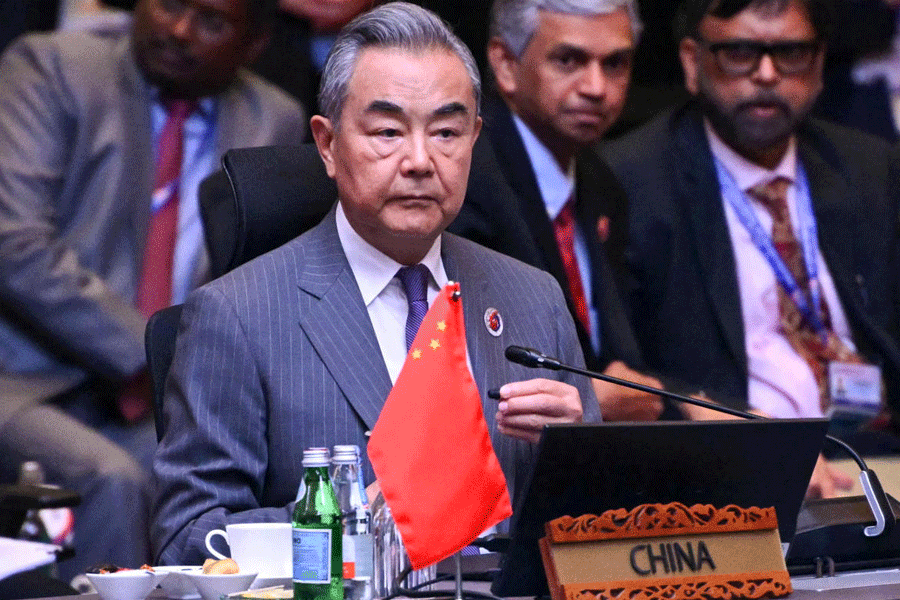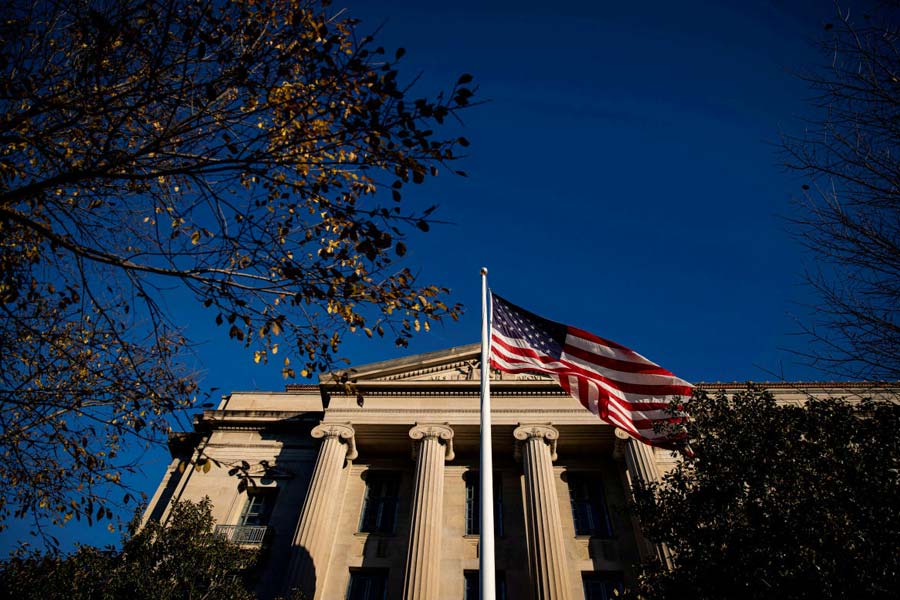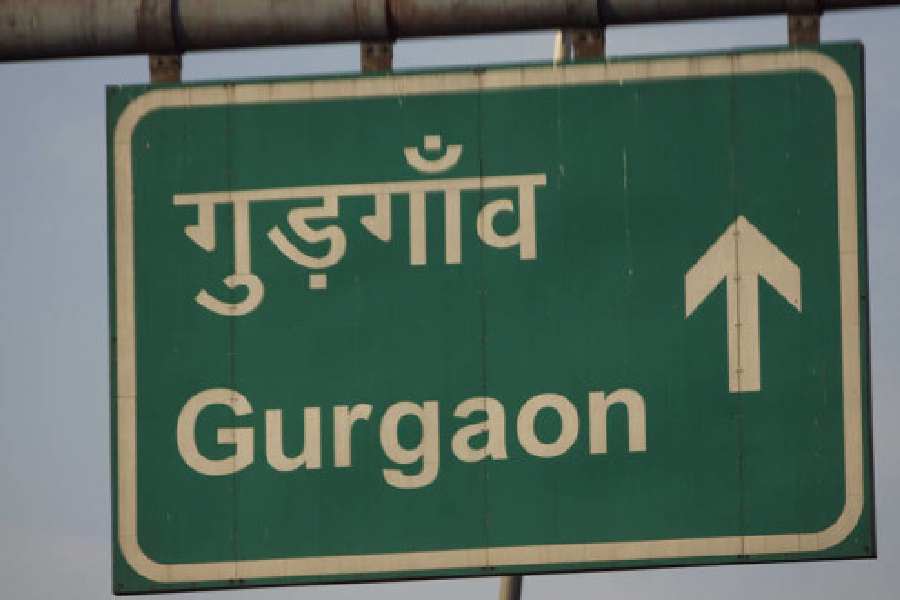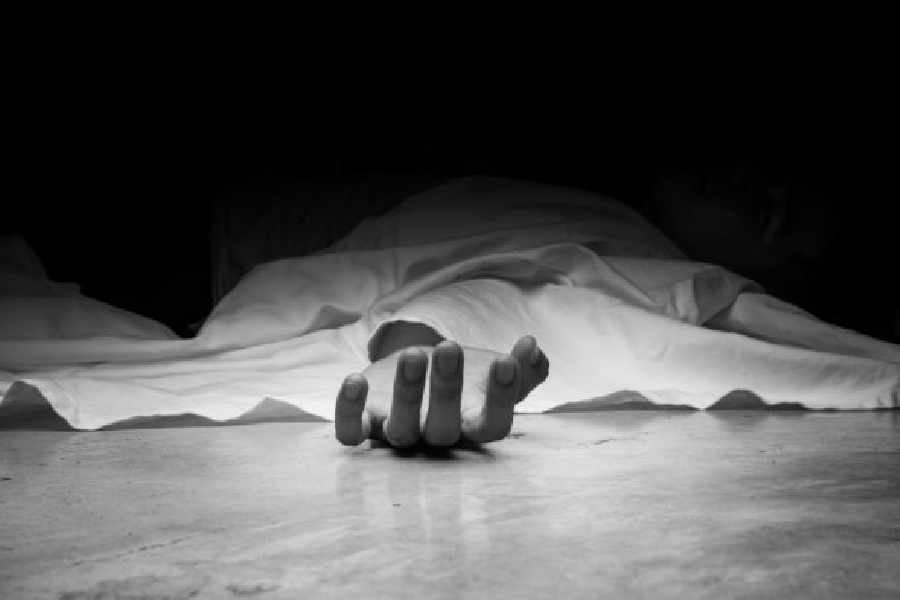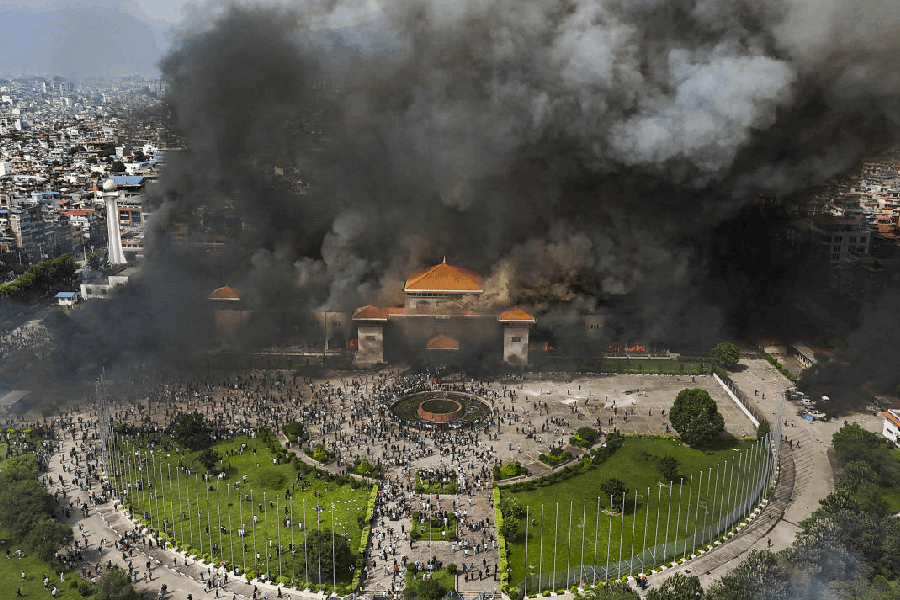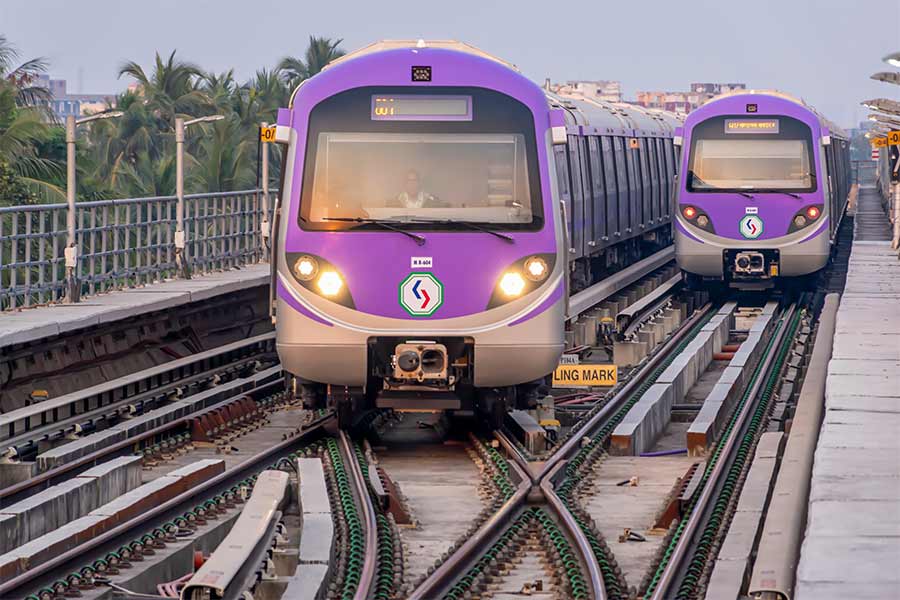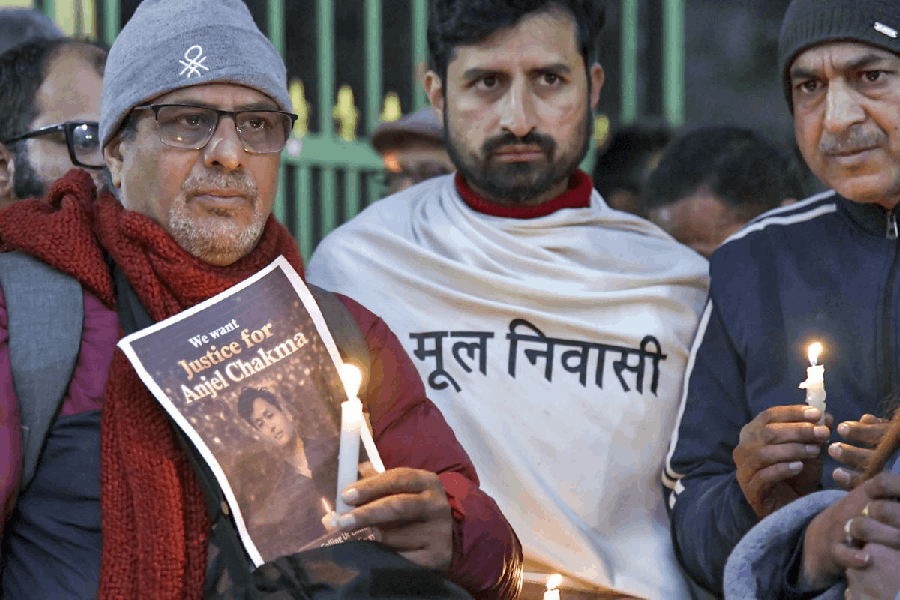 |
| Congress candidate Mohammed Azharuddin’s wife Sangeeta Bijlani outside a polling booth in Moradabad on Wednesday. Azhar got into a spat with the station house officer of Ghalshaeed, Zaheer Khan, when polling was disrupted for some time in the afternoon at a booth, sources said. However, no complaint was registered. (PTI) |
New Delhi, May 13: Exit polls in India may not enjoy a success rate greater than the current form of the Kolkata Knight Riders, but recent trends of results from such surveys may give the BJP some cause for concern.
The thin edge earned by the Congress-led UPA over the BJP-led NDA in exit polls telecast by television channels today could translate into a bigger victory if these polls follow trends they have established recently.
In election after election over the past five years, exit polls have incorrectly predicted numbers won by different parties, but have largely picked the eventual winning horse as the favourite.
The BJP will need a repeat of the 2004 exit poll debacle when all television channels actually tipped as favourite a grouping — the NDA — that finally ended up second.
In the Lok Sabha elections of 2004, channels had predicted between 260 and 288 seats for the NDA based on projections for the entire country after exit polls conducted at the end of the first phase of voting.
As the subsequent phases of voting indicated a shift away from the NDA, the channels revised their projected seat division in exit polls at the end of the final phase of voting.
But the exit polls, across channels, at the end of the 2004 elections still gave the NDA (230-278) a massive victory margin over the Congress and its allies (171-205) as the country waited for the results.
The results, however, threw up a mandate tilted in favour of the Congress and its allies (219) and against the NDA (187), while giving the Left more seats (61) than any exit poll had predicted.
Since the 2004 fiasco, however, channels — across the board — appear to have improved their ability to pick the favourite in their post-poll surveys. They may have continued to miss the target — horribly in cases — in terms of actual seats won by each party, but if they have erred it is mostly in being cautious in the number of seats they have given the favourite.
However, this is the first general election after 2004. The risk of error in a Lok Sabha election would be higher than in the relatively more homogeneous state polls.
In the Bihar elections of February 2005, polls correctly predicted that the NDA, consisting of the BJP and the Janata Dal (United), would emerge ahead of the RJD.
The failure of any grouping to form a stable government in that state meant that Bihar went to polls again later in 2005.
This time, too, the polls correctly predicted that the NDA would win more than the RJD and the Congress, which had joined hands with Lalu Prasad in the state.
But no one gave the NDA the margin of victory it managed. The grouping won 144 of the total 243 seats in the state, leaving the RJD-Congress grouping with just 65.
In the 2007 Uttar Pradesh Assembly elections, all polls picked Mayavati’s BSP as the single largest force but predicted a close fight with the Samajwadi Party with the BJP not far behind.
The BSP did emerge as the largest party in Uttar Pradesh, but by a landslide margin, winning a majority on its own with 206 of the 403 seats, leaving the Samajwadi party (97) and the BJP (51) way behind.
Just months after the Uttar Pradesh polls, Gujarat went to polls.
Exit polls correctly predicted that Narendra Modi and the BJP would form the government. But again, no one predicted the margin by which Modi eventually won — the BJP triumphing in 117 of the state’s 182 seats compared with 59 seats for the Congress.


